CASA BLOGS
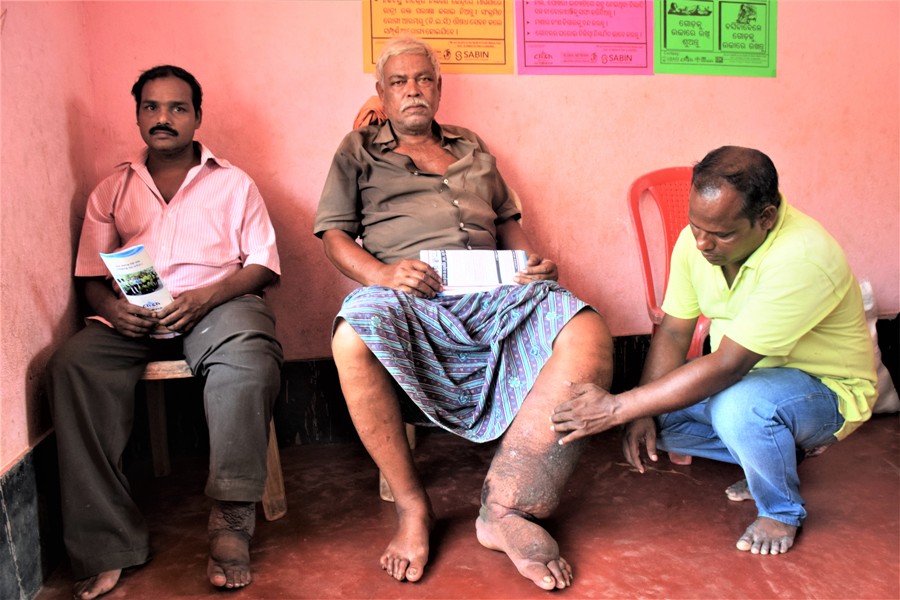
Lymphatic Filariasis: So you think you know the disease well?
BY ISHA BANERJEE
Enormous deformity of body parts and recurrent high fever is what a Lymphatic Filariais or Elephatiasis patient has to go through for the rest of her life. Besides physical deformity, the disease brings in social exclusion for an individual in a society which treats the disease as ‘God’s Curse’. In rural India it is also referred as ‘Haaithpao’ meaning ‘elephant feet’. World Health Organisation (WHO) targets to eliminate the disease by 2020 globally.
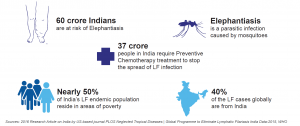
About 60 crore Indians live at the risk of elephantiasis. It affects lymphatic vessels causing severe deformity. Quality car improves the lives of those suffering with the disease. Home-Based Footcare and regular medications help reduce swelling and once again the patients can attempt to live a normal life. Many Lymphatic Filariasis patients in the coastal districts of Odisha and West Bengal believe that the vector-borne disease is “God’s punishment for their sinful actions.”
THE DISEASE
Lymphatic filariasis, commonly known as elephantiasis, is a neglected tropical disease. Infection occurs when filarial parasites are transmitted to humans through mosquitoes. Infection is usually acquired in childhood causing hidden damage to the lymphatic system. The painful and profoundly disfiguring visible manifestations of the disease, lymphoedema, elephantiasis and scrotal swelling occur later in life and can lead to permanent disability. These patients are not only physically disabled, but suffer mental, social and financial losses contributing to stigma and poverty.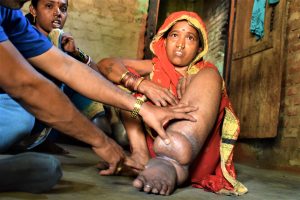
Adult worms lodge in the lymphatic vessels and disrupt the normal function of the lymphatic system. The worms can live for an average of 6–8 years and, during their life time, produce millions of microfilariae (immature larvae) that circulate in the blood.
Mosquitoes are infected with microfilariae by ingesting blood when biting an infected host. Microfilariae mature into infective larvae within the mosquito. When infected mosquitoes bite people, mature parasite larvae are deposited on the skin from where they can enter the body. The larvae then migrate to the lymphatic vessels where they develop into adult worms, thus continuing a cycle of transmission.
Lymphatic filariasis is transmitted by different types of mosquitoes for example by the Culex mosquito, widespread across urban and semi-urban areas, Anopheles, mainly found in rural areas, and Aedes, mainly in endemic islands in the Pacific. (Source:WHO)
This is the story of 70-year-old Chandamani alias Chandu, whose 10 years of life were devastated by a ‘Neglected Tropical Disease’ called Lymphatic Filariasis.
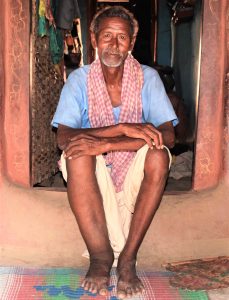 For 10 years, the ailing old man had to compromise his relevance in the society as the disease restricted his movement.
For 10 years, the ailing old man had to compromise his relevance in the society as the disease restricted his movement.
Within three years of the contraction, the disease had rapidly spread from his right leg to the upper portions of the body. Severe pain and acute attacks made him incapable of physical work.
“For all those years, I couldn’t support my family financially. I used to lie on bed for hours and watch my sons and wife struggle to fill empty stomachs. I felt I was a burden on my family,” Chandu, a third stage filariasis patient, said. Chandu like other elderly filariasis patients also faced social stigmas attached with the disease. His neighbours stopped paying visits to his home, stopped borrowing utensils and stopped inviting them to celebrations or mourning.
“I prayed to God, blamed him for causing such pain to me and my family. At that time, I had no idea the disease was caused by mosquitoes,” Chandu said. Many Lymphatic Filariasis patients in the coastal Ganjam district of Odisha believe that the vector-borne disease is “God’s punishment for their sinful actions.”
Chandu further explains the superstition: “A few kilometers from my village, a festival called ‘dandh naach’ (a dance on the bed of burning coal) witnesses huge inflow of patients suffering from filariasis. The victims believe the festival is a key to get rid of the disease by appeasing the Almighty. I used to be among the spectators.”
When God’s call went unanswered, Chandu tried medical science. He was tested positive for filariasis at a local hospital but sent home with painkillers.
Besides, he was also not informed about the practices though which he could manage the spread of the disease.
According to ‘National Vector Borne Disease Control Programme’ (NVBDCP), Lymphatic Filariasis is the world’s second leading cause of long-term disability and imposes severe social and economic burden to the affected individuals and their families.
In 2014, CASA introduced ‘Foot Care Management’ and other preventive measures, during which many people like Chandu learnt how a simple act of washing legs twice a day can control the vector from spreading. “Now the swelling on my leg has reduced. The nodes or the folds on the leg are not there. I feel a little energetic now. I have joined a new workplace and earn enough for a living,” he said.
The home-based care treatments have given Chandu, and other people like him, strength and hope to lead a normal and self-sufficient life.
CASA INTERVENTION
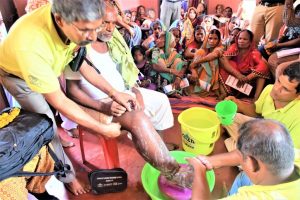 CASA’s techniques in lymphedema management have been adopted by the Odisha government in fighting the disease. CASA has helped enrol thousands of elephantiasis patients under government health schemes in Odisha and West Bengal so that the best of medical benefits can reach them.
CASA’s techniques in lymphedema management have been adopted by the Odisha government in fighting the disease. CASA has helped enrol thousands of elephantiasis patients under government health schemes in Odisha and West Bengal so that the best of medical benefits can reach them.
40,000 HYGIENE KITS were distributed to the beneficiaries to ease their sufferings and help restore mobility.
CASA intervened in Odisha region in 2011 and helped people understand that it was caused due to mosquito bites. Breaking social stigma attached with the disease became the first task of CASA volunteers. The teams surveyed village after village to create awareness about the spread of the disease. As Odisha has one of the highest Lymphatic Filariasis patients in India, the teams targeted the interior villages of the state where the healthcare amenities were either not enough or out of people’s reach. CASA surveyed many households and analysed the problems they were facing due to the disease.
CASA broke the stigma related to the disease by introducing a programme called ‘Home-Based Footcare Management’ for the patients.
The volunteers washed their feet and affected parts with bare hand just to show that the disease was not contagious. The volunteers taught them to manage the disease and the pain caused by it by daily cleaning the affected wounds which could reduce inflammation and swelling. The beneficiaries were given hygiene kits which had the essentials materials like medicated soaps, towel, bandages, tub, mug, anti-fungal ointment so that they can do it on regular basis.
 Previous Blog Post Have we thought about Women and Climate??
Previous Blog Post Have we thought about Women and Climate?? Climate Demands Change in Homo sapiens
Climate Demands Change in Homo sapiensFeatured Post
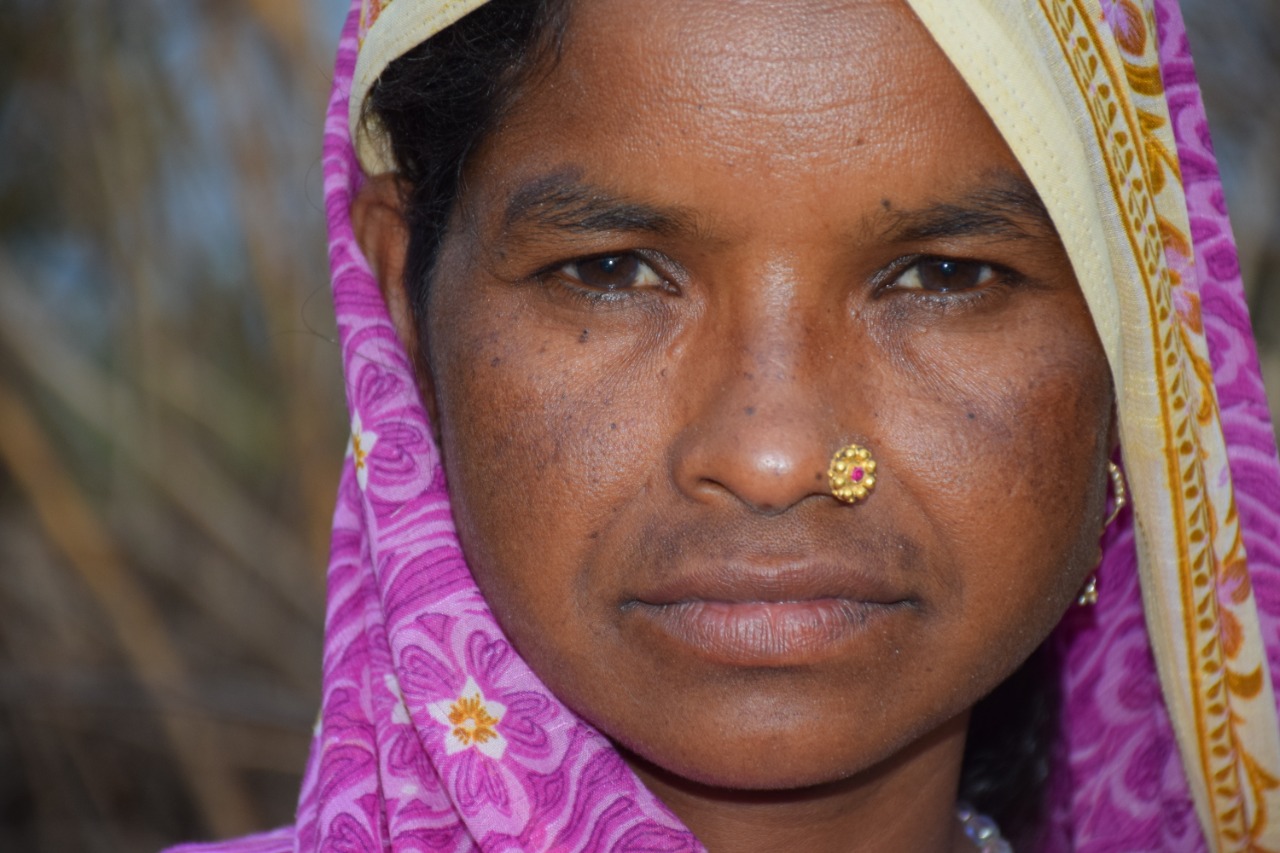
Mental Health Awareness in India: Addressing Key Challenges
8 Nov 2024
Mental health awareness is crucial in India, where millions silently struggle with mental health disorders, including depression, anxiety, and bipolar disorder. Despite growing recognition, India faces unique challenges in effectively addressing mental health issues. The stigma associated with mental illness remains a primary barrier. In Indian society, mental health issues are often misunderstood, leading to […]

Ensuring Girls’ Safety in India: A Path Toward Empowerment
20 Aug 2024
Girls’ safety in India remains a critical issue that has garnered increasing attention over the years. Despite various reforms and efforts from both government and civil society, challenges persist. From street harassment to domestic violence, gender-based discrimination continues to limit the freedom and safety of girls. While significant progress has been made in addressing these […]
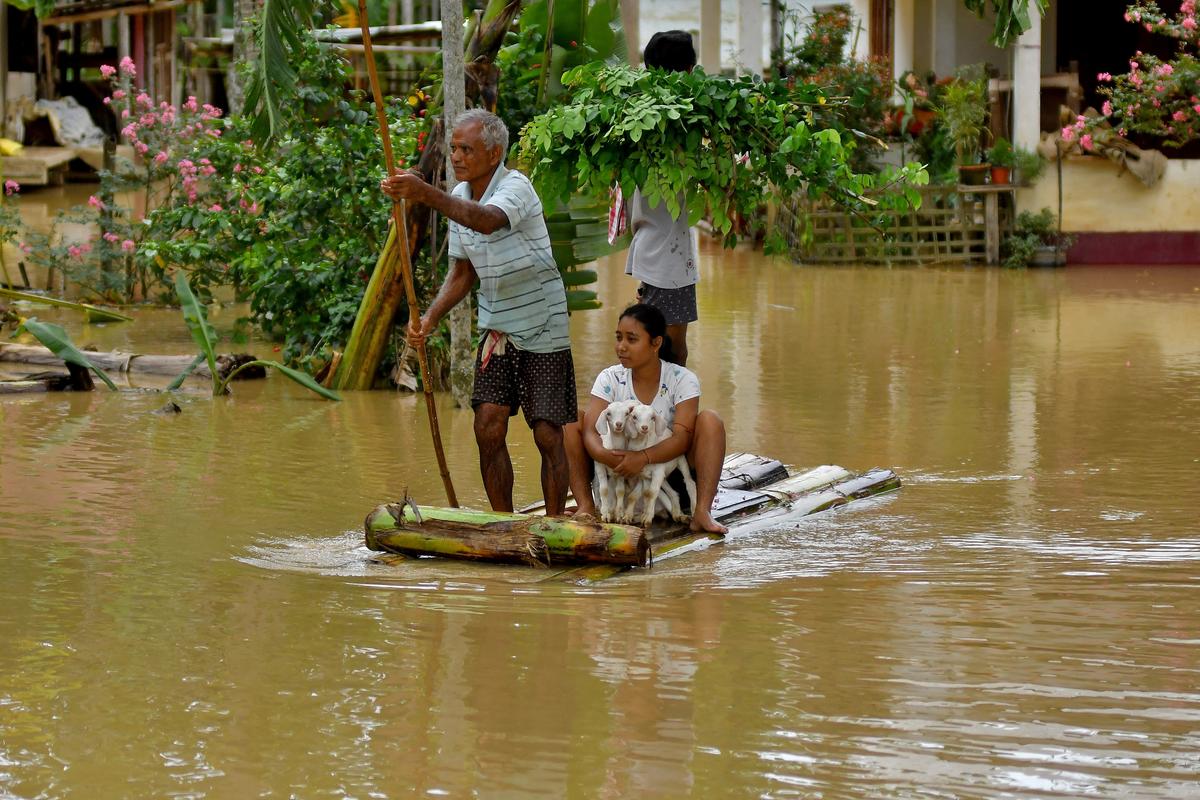
The Connection Between Monsoons and Floods in India: An In-Depth Analysis
9 Jul 2024
India, a land of diverse climates and geographical features, relies heavily on the monsoon season for its agricultural and water resources. However, with the benefits of the monsoon rains come significant challenges, particularly in the form of floods. This blog explores the intricate relationship between the monsoon season and flooding in India, providing detailed insights […]





